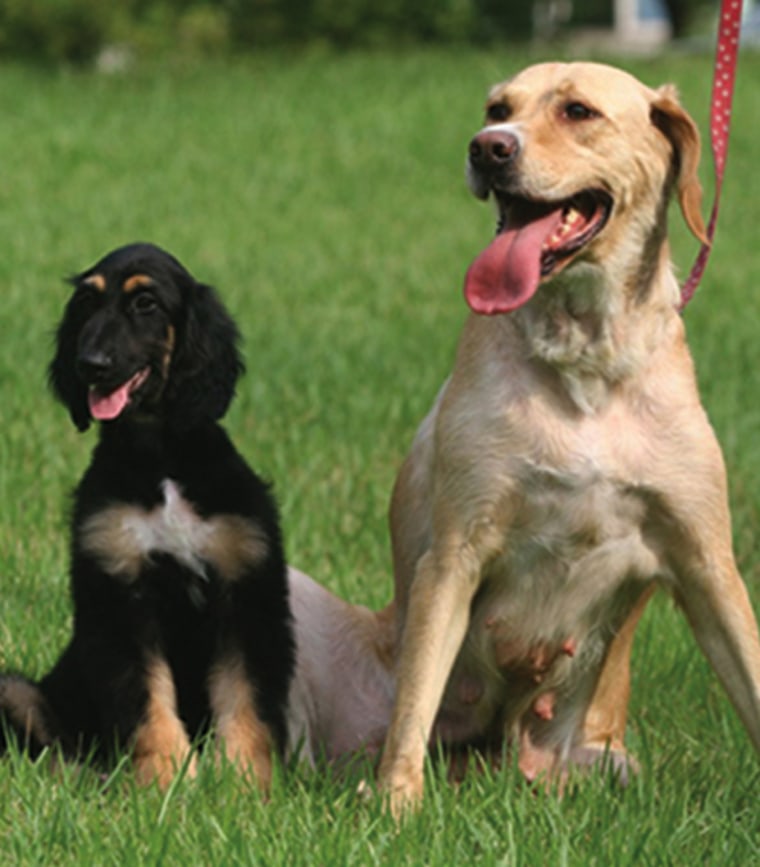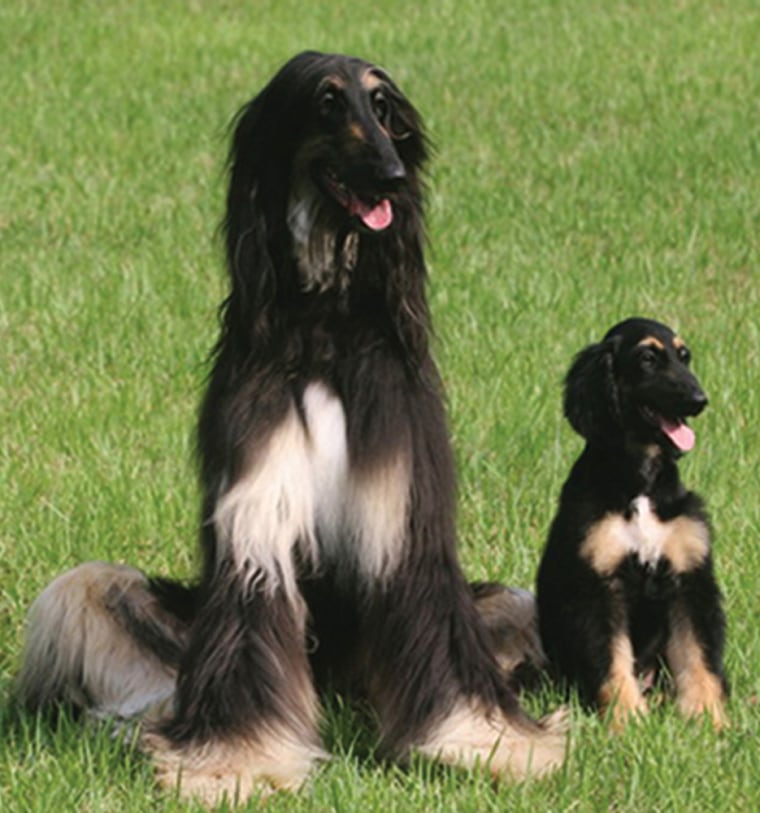South Korea’s pioneering stem cell scientist has cloned a dog, smashing another biological barrier and reigniting a fierce ethical debate — while producing a perky, lovable puppy.
The researchers, led by Woo-Suk Hwang, insist they cloned an Afghan hound, a resplendent supermodel in a world of mutts, only to help investigate human disease, including the possibility of producing stem cells for treatment purposes.
But others immediately renewed calls for a global ban on human reproductive cloning before the technology moves any farther.
“Successful cloning of an increasing number of species confirms the general impression that it would be possible to clone any mammalian species, including humans,” said Ian Wilmut, a reproductive biologist at the University of Edinburgh who produced the first cloned mammal, Dolly the sheep, from an adult cell nearly a decade ago.
Researchers have since cloned cats, goats, cows, mice, pigs, rabbits, horses, deer, mules and gaur, a large wild ox of Southeast Asia. So far, efforts to clone a monkey or another primate with the same techniques have failed.
Uncertainties about the health and life span of cloned animals persist; Dolly died prematurely in 2003 after developing cancer and arthritis.
Bigger issue looms
Wilmut and others complimented Hwang’s achievement, reported Wednesday in the journal Nature. But they said politicians and scientists must face the larger and more delicate issue — how to extend research without crossing the moral boundary of duplicating human life in the lab.
“The ability to use the underlying technology in developing research models and eventually therapies is incredibly promising,” said Robert Schenken, president of the American Society for Reproductive Medicine. “However, the paper also points out that in dogs as in most species, cloning for reproductive purposes is unsafe.”
The cloned puppy was the lone success from more than 100 dogs implanted with more than 1,000 cloned embryos.
In a news conference in Seoul, the cloning team also condemned the reproductive cloning of humans as “unsafe and inefficient.” Human reproductive cloning already is banned in South Korea. Other nations, including the United States, are split over whether to ban just human cloning or cloning of all kinds, including the production of stem cells.
Embryonic stem cells are the source of all tissue. Researchers believe they can be coaxed to grow into heart, brain or nerve cells that could be used to renew ailing organs.
Last year, Hwang’s team at Seoul National University created cloned human embryos. In May, they created the first embryonic stem cells that genetically match injured or sick patients.
The researchers insisted the dog experiment was aimed at a creating reliable research model.
Monkeys are the closest model to humans, and they are crucial to medical research, but Hwang told reporters that cloning a monkey “is technically impossible at the moment.”
“Dogs share physiological characteristics with humans,” he said. “A lot of diseases that occur in dogs can be directly transferred to humans.”
Brave new world for puppies?
Animal welfare groups criticized the experiment. “This technology could lead to a brave new world of puppy production if it were hijacked by profiteers seeking to use cloning to supply the pet trade,” said Wayne Pacelle, president of the Humane Society of the United States.
The researchers nicknamed their canine creation Snuppy, for “Seoul National University puppy,” a reference to Hwang’s lab. One of the dog’s co-creators, Gerald Schatten of the University of Pittsburgh School of Medicine, described Snuppy, now 14 weeks old, as “a frisky, healthy, normal, rambunctious puppy.”
On scientific terms, the experiment’s success was mixed. Like Dolly, Snuppy was created using a method called somatic cell nuclear transfer.
Scientists took a skin cell from the ear of a 3-year-old male Afghan hound and extracted genetic material from the nucleus. They transferred it to an unfertilized egg whose nucleus was removed. The reconstructed egg holding the DNA from the donor cell was zapped with an electric current to stimulate cell division.

Dog eggs have been problematic because they are released from the ovary at an earlier, less mature stage than in other mammal. This time, the researchers collected more mature eggs from the donors’ fallopian tubes.
They implanted 1,095 cloned embryos into 123 dogs and just three pregnancies resulted. That’s a cloning efficiency rate lower than experiments with cats and horses. One fetus miscarried, and one puppy died of pneumonia 22 days after birth.
That left Snuppy. He was delivered by Caesarean section from his surrogate mother, a yellow Labrador retriever.
Implications for humans, and hounds
Schatten said nuclear transfer technology is a key step in investigating the root causes and potential treatments of diseases that canines and humans share, including cancer, diabetes and joint deterioration.
If stem cells from cloned embryos can be used to treat dogs safely and effectively, he said, “we may also know whether it’s safe and effective for our loved ones.”
More immediately, the experiment’s outcome encouraged the commercial pet-cloning industry, which replicates beloved dead pets. A cloned-to-order kitten was produced in late 2004 for $50,000 by Genetic Savings & Clone Inc. of Sausalito, Calif., which hopes to commercially clone a dog within a year.
Schatten and Hwang’s group chose to clone an Afghan hound because its genetic profile is relatively pure. But dog experts said the researchers’ choice was disquieting.
“The Afghan hound is not a particularly intelligent dog, but it is beautiful,” said psychologist Stanley Coren, author of the best-selling manual “The Intelligence of Dogs.” He ranked the dog last among 119 breeds in temperament and trainability.
“Many people who opt for the cloning technique are more interested in fashionable looks,” he said. “Whenever we breed dogs for looks and ignore behavior, we have suffered.”
